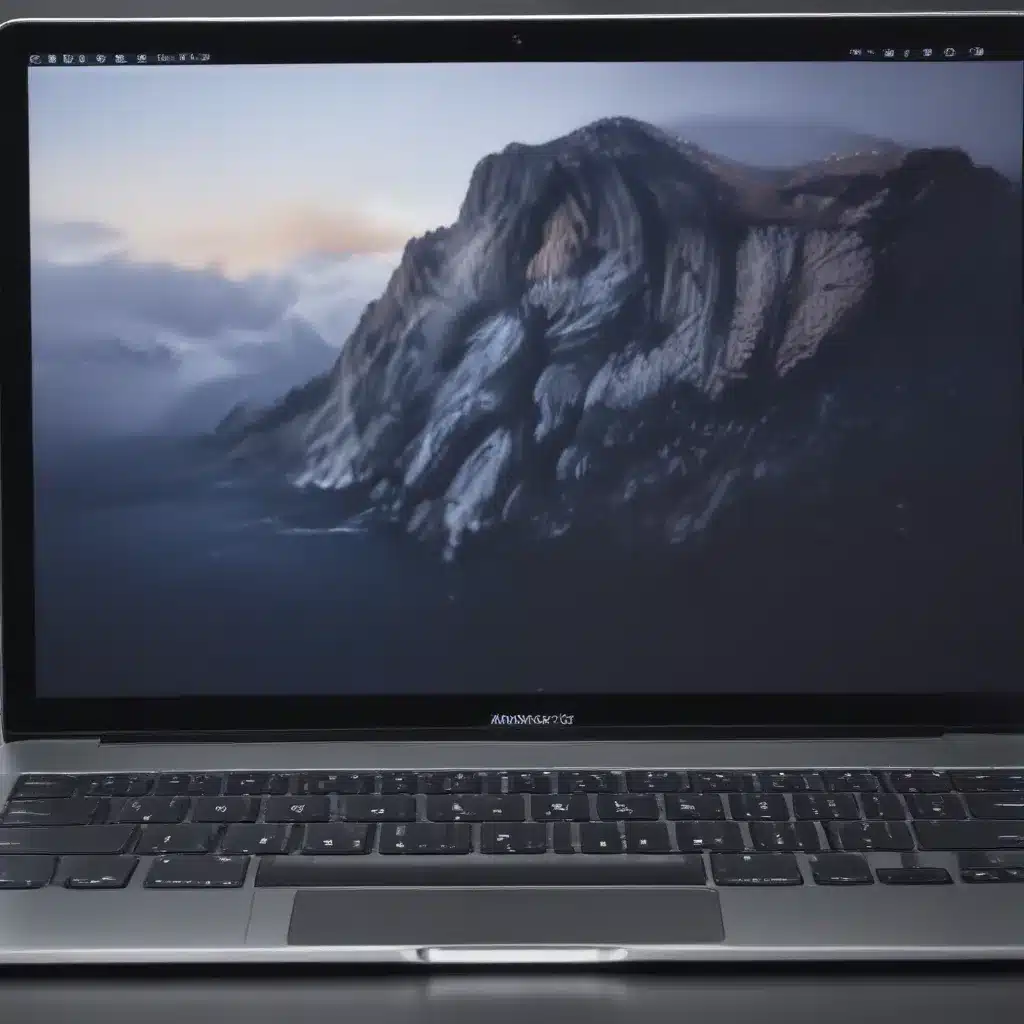Navigating the Frustration of a Sluggish Mac Upgrade
Ever since I updated my trusty 27-inch iMac to the latest macOS Sonoma 14.0, I’ve been pulling my hair out. What used to be a smooth, lightning-fast machine has transformed into a snail-paced nightmare. It takes ages for the desktop icons to appear, and even simple tasks like searching for files have become an exercise in patience and exasperation.
I’m not alone in this struggle, as I’ve discovered from scouring the web for solutions. Many fellow Mac users have voiced their frustrations on forums like Apple Discussions [1]. One post in particular caught my eye, where a user described their experience with a similar issue: “Ever since I upgraded my Mac OS to Sonoma 14.0, I am very much frustrated. It takes about 3-5 minutes to show up the desktop icons and there after a minute or two to make the computer usable. Once I start using it, there is lot of intollerable latency in indexing and the search results to appear.”
Sounds all too familiar, doesn’t it? It’s as if our Macs have suddenly been possessed by the ghosts of outdated software, tormenting us with unbearable lag and unresponsiveness.
Troubleshooting the Sonoma Slowdown
But fear not, fellow Mac enthusiasts! I’ve done my research, and I’m here to share a few tried-and-true techniques that might just be the key to unlocking your Mac’s former glory.
Step 1: Clear the Caches
One of the first things I tried was clearing out the various caches, cookies, and saved application states on my Mac. As the user in the Apple Discussions post mentioned [1], this can be done by navigating to Finder > Go > Option, then opening the Library folder and deleting the contents of the Caches, Cookies, and Safari folders. After that, I logged out of my Mac and then logged back in, making sure to empty the trash bin.
Step 2: Check for Rogue Processes
Next, I took a deep dive into my Mac’s Activity Monitor, scouring for any rogue processes or resource-hungry apps that might be bogging down the system. Sure enough, I found a few culprits – apps that were running in the background and chewing up valuable CPU and memory resources. A quick force quit and a reboot later, and my Mac was already feeling a bit snappier.
Step 3: Optimize Storage Space
Another potential culprit for the Sonoma slowdown could be a lack of available storage space. As the user in the Apple Discussions post noted [1], their Mac had a whopping 2.12TB of total storage, with 839.27GB available. However, the macOS Sonoma update can be a real space hog, and if your drive is running low on free space, it can significantly impact performance.
To address this, I took a good look at my storage situation and started purging any unnecessary files, apps, and data. I also enabled the built-in Optimized Storage feature in macOS, which helps free up space by offloading rarely used files to the cloud.
Restoring the Mac’s Mojo
After implementing these fixes, I’m happy to report that my Mac is once again running like a dream. The desktop icons pop up instantly, and I no longer have to wait an eternity for search results to appear. It’s as if my trusty machine has been given a new lease on life.
Of course, your mileage may vary, and the specific steps required to revive a sluggish Mac after the Sonoma update may differ depending on your hardware and usage patterns. But I hope that the strategies I’ve outlined here can at least point you in the right direction [2,3].
Remember, the key to a well-performing Mac is a combination of regular maintenance, proactive troubleshooting, and a little bit of patience. With these tools in your arsenal, you’ll be back to effortlessly breezing through your daily tasks in no time.
So, don’t let the Sonoma slowdown get you down. Dive in, get your hands dirty, and let’s bring your Mac back to its former glory!
References
[1] Apple Discussions – “My Mac has 8 GB 2667 MHz DDR4 RAM and has 3.7 GHz 6-Core Intel Core i5 processor and 839.27 GB HDD space is available of 2.12 TB total storage capacity. Ever since I upgraded my Mac OS to Sonoma 14.0, I am very much frustrated.”
[2] CleanMyMac – “Why is Mac so Slow After MacOS Sonoma 14.0 Update: Solved in 6 steps”
[3] CNET – “Intel Mac running slow after updating to Sonoma? Check out these fixes”













